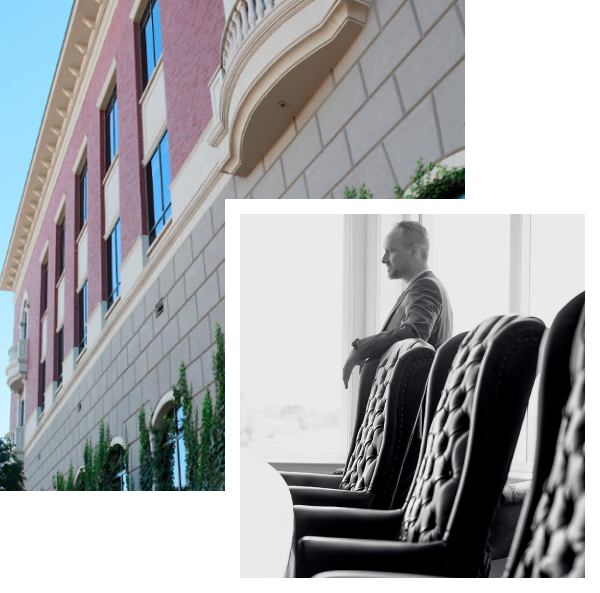Pedestrian Laws in Las Vegas

Free Confidential Consultation for Human Trafficking Victims
Free Confidential Consultation for Human Trafficking Victims

A number of actions can lead to a pedestrian being found liable after an accident in Las Vegas, such as:
Jaywalking occurs any time a pedestrian dashes into the road or does not cross the street using a crosswalk or intersection. In Las Vegas, this is against the law, and pedestrians can face substantial fines for engaging in this behavior.
Most people are taught from a very young age to look both ways before they cross the street, and for good reason. When pedestrians do not look both ways before crossing, they won’t know whether it is safe to do so.
Pedestrians may not think that dropping food wrappers or other debris into the road is cause for concern. However, these items cause an obstruction for drivers, which could result in an accident. While the driver cannot prevent these obstructions, pedestrians can, so they may be found liable for tossing items into the road.
Just as drunk drivers can be held liable for their actions, so too can intoxicated pedestrians. Drunk pedestrians may inadvertently wander out into the road, run out in front of cars, or stumble off sidewalks into oncoming traffic.
Pedestrians may drop an item while they are walking, or simply see something in the street they want, such as money. Hopping into the street to retrieve an item is extremely dangerous behavior, particularly if the pedestrian forgets to check if the path is clear of vehicles.
People on foot can also be held liable when they walk while distracted. Most of the time, a distraction for a pedestrian comes in the form of a smartphone. Walkers always need to look where they are going, just as drivers do.
Pedestrians have the right of way in most cases when they are in a crosswalk. However, people on foot are also expected to follow traffic signs and signals. When pedestrians cross the road before the signal indicates it is safe, they can be held liable for any resulting accidents.
Determining who is liable for a pedestrian accident is not a simple process. Many cases may involve some shared fault on both the part of the pedestrian and the driver. To improve your chances for maximum compensation, it’s best to talk to a pedestrian accident lawyer if you’ve been injured.
After being injured in a crash, it is critical that you prove who was liable so you can claim the full damages you deserve. To prove someone was liable after a pedestrian accident, you must prove four elements of your claim. These include:
Proving liability is important so you can recover the full amount of compensation that you deserve. If you are found even partially liable for the accident, it could greatly reduce the amount of money you are able to recover.
Under Nevada’s comparative fault laws, you can claim compensation if the other party was at least 50 percent at fault for the accident. When you are also partly at fault, but less than 50 percent, you can still claim damages, but the amount you receive is reduced by your same percentage of fault.
Evidence is crucial when proving liability in your claim. Examples of evidence in these types of cases can include:
A Las Vegas pedestrian accident lawyer will understand the most important types of evidence in your case and collect it while you focus on recovering from your injuries.
Preventing pedestrian collisions starts with simple steps. Always cross at designated crosswalks or use pedestrian bridges and pedestrian tunnels where available. Wait for pedestrian signals and never assume a driver will stop without first making eye contact.
At night, wear bright or reflective clothing so drivers can see you. Stay alert in school zones and areas of heavy foot traffic. Avoid distractions and always look both ways before starting such crossing movements.
If you must walk where there are no sidewalks, stay on the left side of the road facing oncoming traffic. Move to a safety zone or well-lit spot when possible. These pedestrian safety tips help enhance pedestrian safety, lower the risk of pedestrian deaths, and protect everyone sharing the road.

If you have been hurt as a pedestrian, don’t hesitate to call the Las Vegas pedestrian accident lawyers at to schedule a free consultation. Our knowledgeable attorneys can explain the laws governing pedestrian accidents in Las Vegas and how they apply to your specific case. Then we’ll fight for the maximum amount of compensation possible for you.
Our legal team will work to restore your financial security and ensure your long-term well-being. Let’s get started immediately. Call or contact us for your free case review.